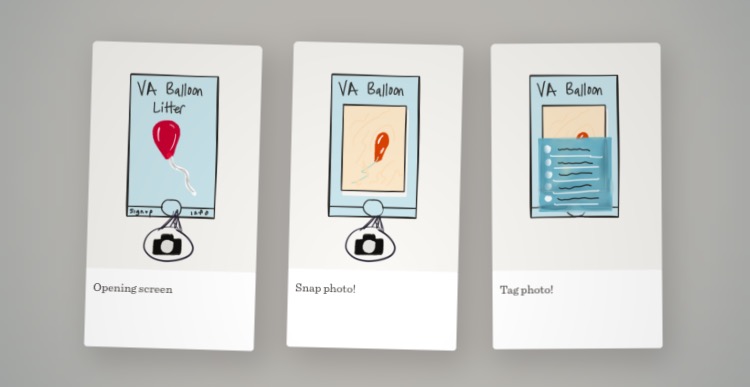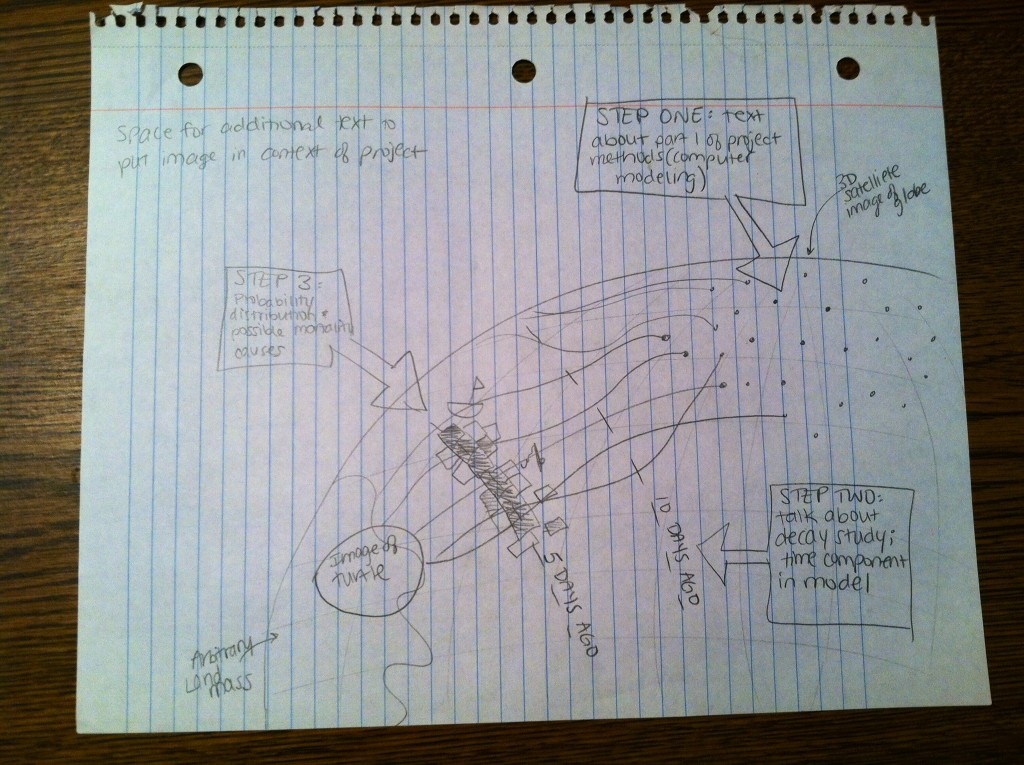Oyster reefs provide a suite of valuable ecosystem services, such as water filtration, nitrogen sequestration, and provision of habitat and foraging grounds for benthic organisms. Unfortunately, these habitats have suffered significant global decline over the last century. This global decline has had negative economic and ecological impacts in coastal waters worldwide. This problem is quite severe here in the Chesapeake Bay where < 1% of the historic oyster population remains. As a result there are increasing efforts to restore oyster populations and the services they provide. Building reefs that successfully provide specific ecosystem services – such as provision of benthic habitat – may require different techniques then previously used, and success may depend on reef morphology, location, and environmental conditions. Additionally, there remains limited understanding and information regarding the value of restored oyster reefs as an important habitat in the Bay, and the factors that influence this value. My research seeks to first quantify the organism abundance and composition on restored oyster reefs, and then relate it to the location (environmental parameters) and structural complexity of the reefs. To this end settling trays were embedded into previously restored oyster reefs that varied in their structural complexity (rugosity), as determined by the chain-link method. Trays were collected after 7-weeks, sorted, and species identified and weighed (ash-free dry weight) to obtain species diversity, abundance, and biomass.
There are many different stakeholders interested in the issue, but the one I will focus on is the general public. More specifically I will target those members of the local community who are seeking to become more knowledgeable about and engaged in the research being conducted here in the Bay, right in their backyards. From my conversation with people in the local community they seem really interested in understanding the Bay and research being conducted here, but may have trouble finding the information they are looking for, or finding ways to gain knowledge in an easy to understand manner. Particularly with oyster reef restoration I’ve realized that most people don’t think of oyster reefs as an important habitat, and don’t know much about the numerous species that live on these reefs. Most people tend to think of the oyster and its economic values.
For my communication outreach project I want to provide an easily accessible and understandable means for this target audience to satisfy their desire to learn about and participate in Chesapeake Bay research. In particular I want to highlight the role of oyster reefs as an important habitat in the Bay and highlight the various organism that are found in high abundance on these reefs and rely on these reefs for survival. In order to accomplish this I will design a website where I provide a background of oysters and restoration efforts in the Bay, and then describe the research I am conducting. In order to help explain my methods and engage the audience I want to incorporate some sort of interactive component on the webpage. For instance, I was thinking of having a ‘sorting game’ where there are pictures of worms, fish, crabs, shrimp and mussels all mixed up in a square area, and they have to sort them by picking them out and placing them the appropriate species box. Another option would be to have then take some rugosity measurements. My hope is that this website will provide a forum for my research to become assessable to the public, and allow them to gain a better understanding and appreciation of the importance of restored oyster reefs to the health of the Bay. I believe that having an informed and engaged public will help put more pressure on managers, and increase support for more restoration efforts in the Bay.


